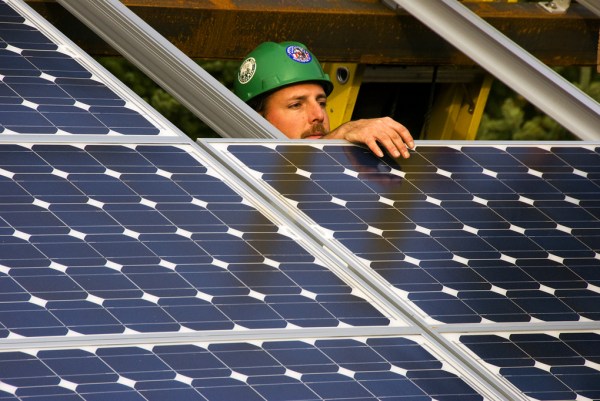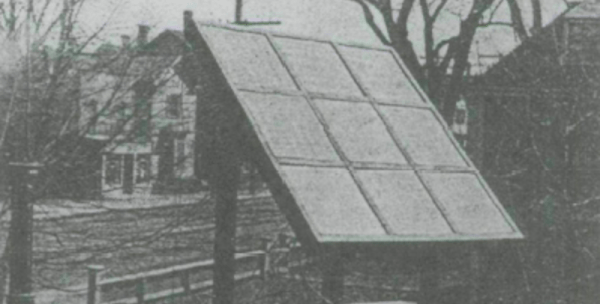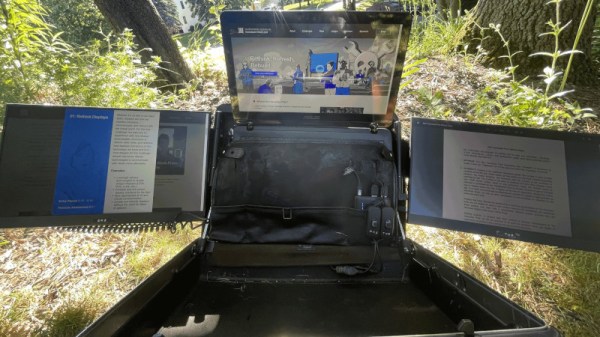There are a huge number of ways to track the sun if you have some reason to do so. You can use time-based algorithms, or feed in coordinates from the Internet, or you could do it with minimal parts and no electronic processing at all. The latter is how this project from [3D Printer Academy] works.
One key thing about this project is that you shouldn’t be fooled by the solar panels. They’re not here to generate power for external use. Instead, they’re wired up in opposing polarities to a DC gear motor. The motor turns the panel assembly. As one panel is hit by the sun, it turns the assembly to bring the other panel into the sun as well simply by applying a DC voltage to the motor. The other panel is wired up the opposite way, so if it is in the sun, it brings the other panel into alignment as well.
This serves as a very simple planar solar tracker. If you want to track the sun with minimal parts, this is a very easy way to do it. You’ll just need to put whatever you want to actually aim at the sun on top of the assembly. if that happens to be a larger solar panel, it may be cumbersome and another more complex design may be more suitable.
It’s an ingenious and easy way of tracking the sun, even if it’s not immediately apparent how the device would be useful in its current form. If you’ve got an idea how you would use such a mechanism, let us know in the comments.
We’ve seen other solar tracker projects before, too. Video after the break.
Continue reading “A Simple Sun Tracker With Very Few Parts” →


















